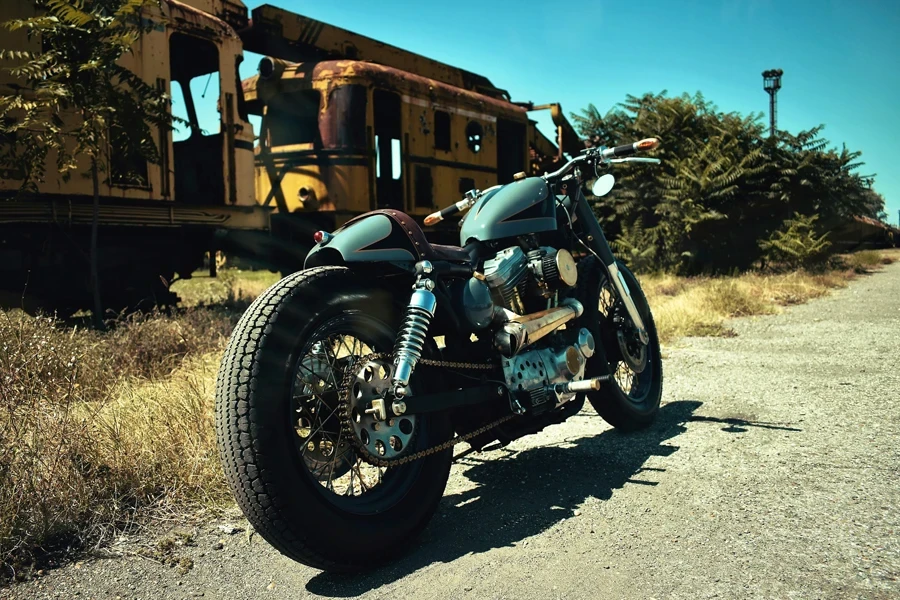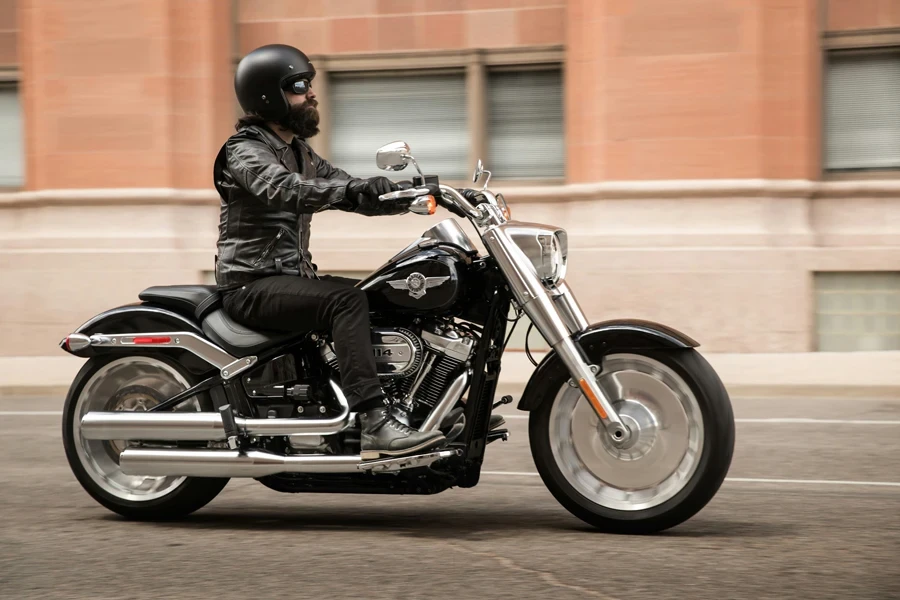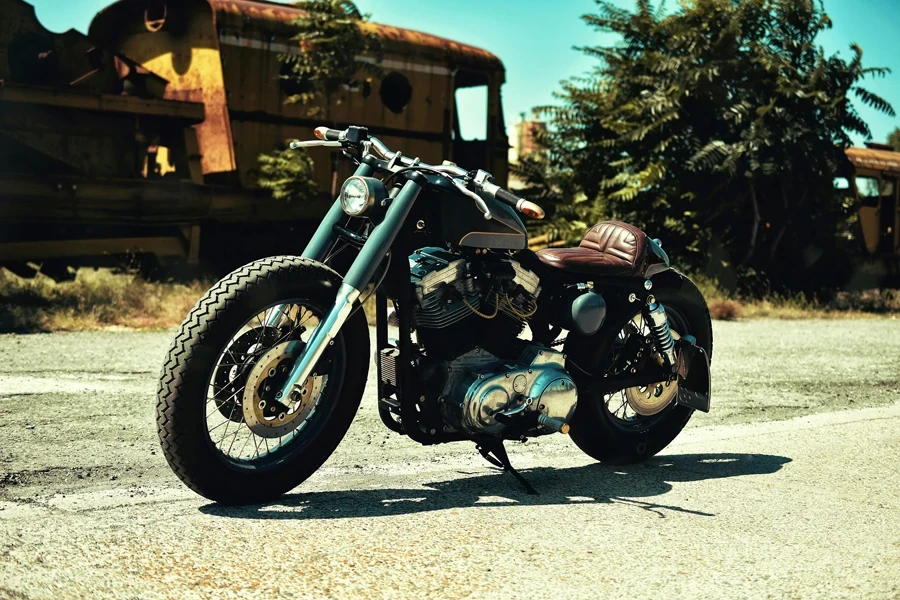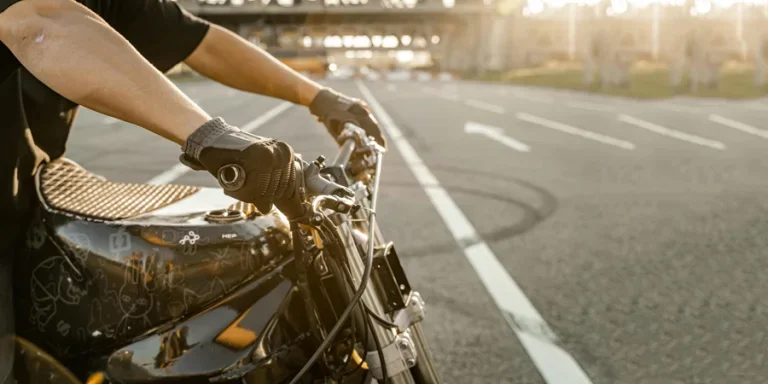Table of Contents
● Introduction
● Market overview
● Different types of motorcycle starter motors and their features
● Key factors to consider when choosing the right starter motor
● Conclusion
Introduction
Motorcycle starter motors are essential for ensuring smooth engine ignition and reliable performance. As the market shifts towards electric and fuel-efficient motorcycles, manufacturers and retailers must stay informed about the latest trends and technologies. The right starter motor optimises vehicle performance, durability, and sustainability. This guide provides insights into market growth, explores various starter motor types, and outlines key considerations for making informed purchasing decisions. Understanding these factors will help businesses make smart investments and meet the growing demand for efficient motorcycle systems.

Market overview
The global motorcycle starter motor market is projected to grow robustly, with the market size expected to reach significant levels by 2031. In 2024, the start-stop system market alone is anticipated to generate around $3.02 billion, growing at a compound annual growth rate (CAGR) of 10.2%, according to Business Research Insights. The overall motor starter market is projected to grow at a CAGR of 6.41% by 2029, as reported by Knowledge Sourcing Intelligence. This surge is fueled by the increasing demand for electric and fuel-efficient motorcycles, particularly in regions pushing for cleaner transportation solutions. Electric two-wheelers are driving this growth, with manufacturers focusing on enhancing vehicle efficiency and reducing emissions.
Europe and Asia-Pacific are positioned as key regional leaders in 2024, with Europe seeing accelerated growth due to stringent emission regulations. Asia-Pacific, particularly China and India, is expected to witness a sharp rise in electric vehicle production, including electric two-wheelers, contributing to the demand for efficient starter motors. The Chinese market is projected to hold nearly 60% of new electric vehicle registrations globally by the end of 2024, as noted by P&S Intelligence. Additionally, government incentives and policies supporting the adoption of electric vehicles in both regions will further boost demand for high-performance starter motors in the coming years.

Different types of motorcycle starter motors and their features
Motorcycle starter motors come in various types, each designed to meet specific performance needs and vehicle applications. Understanding the differences among these types is essential for selecting the right motor, especially as the demand for more efficient and reliable motorcycle components grows.
Electric starter motors
Electric starter motors are the most common type used in modern motorcycles. They provide reliable and convenient ignition with a button, making them highly popular for everyday use. These motors are particularly favoured in electric two-wheelers, offering seamless operation and faster response times. According to Cognitive Market Research, electric starter motors play a significant role in meeting the growing demand for electric motorcycles, especially in regions like Europe and Asia-Pacific, where emission regulations drive adoption.
Pneumatic starter motors
Pneumatic starter motors are designed for heavy-duty applications requiring high torque output. These motors use compressed air to generate the force needed to start larger, more powerful engines, typically in industrial or specialised motorcycles. While not as commonly used in standard motorcycles, they are essential for applications that demand robust performance and durability under extreme conditions. Their ability to deliver high torque makes them suitable for situations where electric starters may fall short.
Hydraulic starter motors

Hydraulic starter motors are generally used in specialised vehicles that require compact designs and powerful torque. These motors convert hydraulic pressure into mechanical force, providing efficient and reliable starting power in confined spaces. According to Knowledge Sourcing Intelligence, hydraulic motors are preferred in niche applications where space-saving designs are crucial without sacrificing power output. These motors are also known for their durability and ability to operate in harsh environments.
Start-stop systems
Start-stop systems are gaining popularity in motorcycles, particularly in regions with strict emission norms. These systems automatically shut off the engine when the bike is idle and restart when needed, reducing fuel consumption and reducing emissions. According to Business Research Insights, the start-stop system market is projected to grow rapidly due to increasing environmental concerns and demands for fuel efficiency. Hybrid models increasingly adopt this technology, making it a crucial component in modern, fuel-efficient motorcycles.
Series, shunt, and compound motors
Series, shunt, and compound motors are distinct electric motors used in motorcycle applications. Series motors are known for their high starting torque, making them ideal for heavy-duty motorcycles that need powerful acceleration from a standstill. Shunt motors, on the other hand, offer steady speed regulation, making them suitable for motorcycles that require consistent performance at varying speeds. Compound motors combine both benefits, providing a balance between torque and speed regulation. These motor types are commonly used in motorcycle models based on specific performance requirements and usage scenarios.

Each starter motor type offers unique advantages, catering to different motorcycle needs, from daily commuting to heavy-duty performance and fuel efficiency improvements.
Key factors to consider when choosing the right starter motor
When selecting a motorcycle starter motor, understanding the key factors influencing performance, compatibility, and long-term value is essential. These factors ensure that the starter motor meets the vehicle’s technical requirements and offers durability and efficiency in various operating conditions.
Vehicle compatibility
Selecting a starter motor that matches the vehicle’s make, model, and engine size is critical to ensuring optimal performance. Different motorcycles have unique specifications that dictate which motor types are compatible. Cross-referencing the part numbers of the original and replacement motors can prevent costly mistakes. Consulting with professionals or referring to the vehicle’s manual helps ensure that the starter motor integrates with the engine and electrical system seamlessly. According to Uchanics, ensuring compatibility is key to preventing performance issues and avoiding frequent replacements.

Power requirements
Understanding the motor’s power rating is another vital consideration. The power rating indicates how much energy the motor can handle, and selecting the wrong power rating can result in underperformance or overloading. Higher power ratings are necessary for motorcycles with larger engines or those designed for heavy-duty applications to deliver the needed torque. According to Solution Controls, the power rating of the starter motor should align with the engine’s demands to ensure smooth ignition and efficient operation. Motors that fail to meet power requirements could suffer from frequent overheating or fail to start the engine altogether.
Motor type
The type of motor chosen significantly affects how the motorcycle performs under different conditions. Series motors, which provide high torque, are ideal for motorcycles requiring quick acceleration and are commonly found in heavier models. Shunt motors, with their ability to maintain a consistent speed, are better suited for vehicles where steady performance is needed. Compound motors offer a balance between torque and speed regulation. According to Knowledge Sourcing Intelligence, choosing the correct motor type is essential for aligning with the motorcycle’s intended usage, whether for daily commuting or more demanding applications.
Brand reputation and quality
The reliability of a starter motor is closely linked to the brand’s reputation. Trusted brands like Bosch and Denso have built a solid track record for producing durable, high-performance engines. Investing in a motor from a reputable brand ensures a longer operational life and reduces the risk of frequent replacements. According to Uchanics, selecting a motor from a well-regarded brand often comes with the added benefit of a strong warranty, providing peace of mind and greater value over time.

Cost vs. value
While the price of a starter motor is a key consideration, balancing cost with long-term value is crucial. Cheaper motors may seem attractive upfront but often have higher maintenance and replacement costs. A higher-quality motor may have a higher initial price but will likely provide better performance and longevity. As noted by Solution Controls, considering the long-term savings from fewer breakdowns and replacements can make investing in a quality starter motor more economical in the long run.
Energy efficiency and sustainability
As electric motorcycles gain popularity, energy efficiency has become an important factor when selecting a starter motor. Motors that minimise energy consumption can improve fuel efficiency and support sustainable transportation. According to Business Research Insights, the increasing focus on sustainability has led manufacturers to develop motors that reduce fuel consumption and contribute to lowering emissions. This is especially important in regions with strict environmental regulations, where energy-efficient motors can make a significant difference.
By carefully considering these factors, businesses and consumers can make informed decisions when selecting a starter motor, ensuring they choose a product that delivers performance, reliability, and long-term value.
Conclusion

Selecting the right motorcycle starter motor ensures smooth performance and long-term reliability. By understanding current market trends, motor types, and important selection factors, businesses can make informed choices that enhance vehicle efficiency and durability. The right starter motor improves day-to-day operations, reduces maintenance costs, and supports sustainability. As the demand for electric and fuel-efficient motorcycles rises, choosing a motor that aligns with these needs becomes even more important, allowing manufacturers and retailers to offer products that meet performance and environmental standards.




